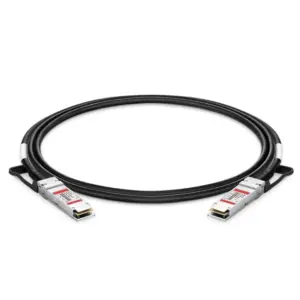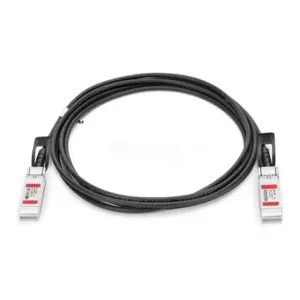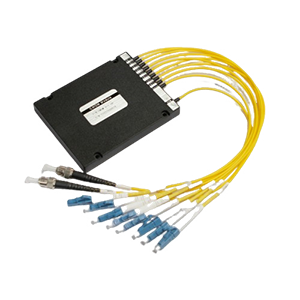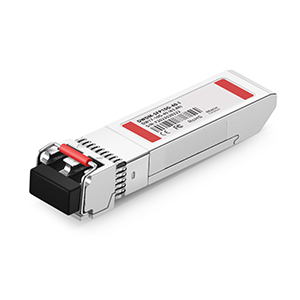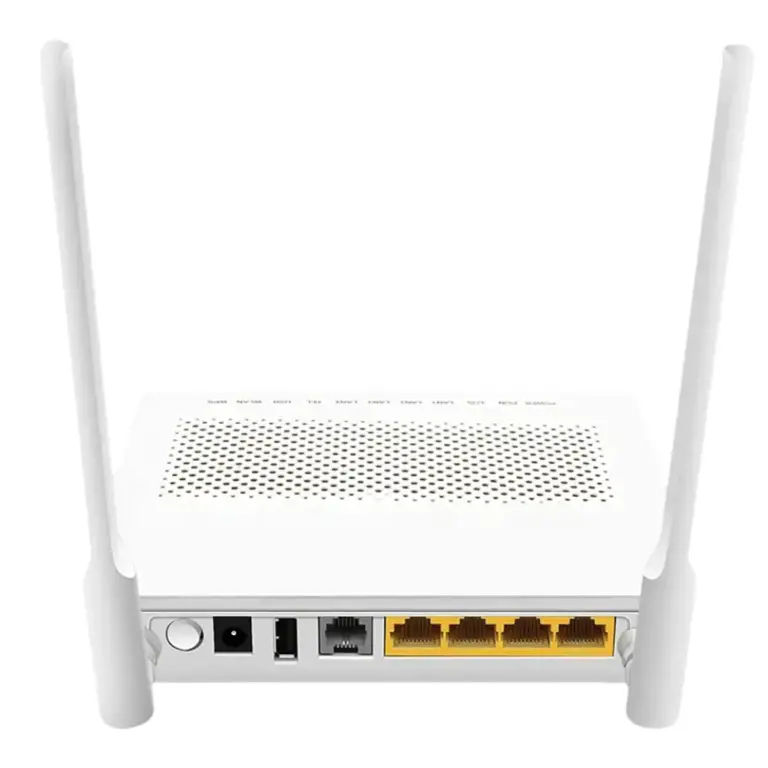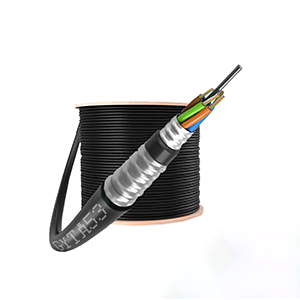Direct Attach Copper Cable is a connectivity solution for high-speed data transmission that offers the advantages of low latency, high bandwidth and cost-effectiveness. This blog post will introduce the definition, characteristics, structure and types of DAC fiber optic cables, as well as their applications in data centers, supercomputers and cloud computing environments. At the same time, DAC fiber optic cables will be compared with fiber optic modules, and deployment and configuration considerations will be provided. Finally, the future development trend of DAC optical fiber cables will be looked forward to.
Introduction to DAC Cable
Definition and characteristics:
DAC Cable, which stands for Direct Attach Cable, is a direct-attached cable used to establish high-speed connections between data centers and network equipment. It is a prefabricated fiber optic or copper cable equipped with plugs at both ends that can be connected directly to the port of a network device without the use of optical modules or converters.
The main features of DAC Cable include:
- High-speed connection: DAC Cable provides high-speed data transmission and is suitable for application scenarios that require high bandwidth and low latency.
- Simplicity: Since the DAC Cable is directly connected to the device port, installation and operation are very simple, and no optical module configuration and installation process is required.
- Power and energy saving: DAC Cable uses a direct-connect cable and does not require additional power supply for optical modules, so it is more energy-saving than optical module connection methods.
Data transfer rate:
DAC Cable can support a variety of different data transfer rates, depending on the specific standard and the rate supported by the device. The maximum data transfer rates supported by common DAC Cables include:
- 10Gbps: DAC Cable for 10 Gigabit Ethernet (10GbE), providing high-speed data transmission and suitable for large data centers and high-performance computing environments.
- 25Gbps/40Gbps/50Gbps/100Gbps: As network speeds increase, DAC Cable also supports higher data transmission rates, such as 25GbE, 40GbE, 50GbE and 100GbE.
It should be noted that different devices and manufacturers may support different data transmission rates, so when selecting a DAC Cable, you need to ensure its compatibility with the device and select the appropriate rate according to your needs.
The structure and type of DAC Cable
Structure:
- Wire: DAC Cable can use copper wire or optical fiber as the wire material. Copper wire conductors are used to transmit electrical signals, while fiber optic conductors are used to transmit optical signals.
- Plugs: DAC Cable is equipped with plugs at both ends for connecting to the ports of network devices. The plug usually uses a standard optical fiber or copper cable plug, such as LC, QSFP, SFP+, etc.
Type:
The type of DAC Cable depends on the supported data transmission rate and interface type. Common types include:
10G DAC Cable:
- Data transfer rate: Supports 10 Gigabit Ethernet (10GbE) data transfer rate.
- Interface type: Common interface types include SFP+ (Small Form-factor Pluggable Plus).
25G DAC Cable:
- Data transfer rate: Supports 25 Gigabit Ethernet (25GbE) data transfer rate.
- Interface type: Common interface types include SFP28 (Small Form-factor Pluggable 28).
40G DAC Cable:
- Data transfer rate: Supports 40 Gigabit Ethernet (40GbE) data transfer rate.
- Interface type: Common interface types include QSFP+ (Quad Small Form-factor Pluggable Plus).
100G DAC Cable:
- Data transfer rate: Supports 100 Gigabit Ethernet (100GbE) data transfer rate.
- Interface type: Common interface types include QSFP28 (Quad Small Form-factor Pluggable 28).
Different types of DAC Cable are suitable for different network environments and equipment needs. When choosing the appropriate type, you need to consider the interface types supported by the device and the required data transfer rate, and ensure the compatibility of the DAC Cable with the device.
DAC Cable application scenarios
Data center network:
- Server interconnection: DAC Cable can be used for interconnection between servers to achieve high-speed and low-latency data transmission. It can connect switches, routers or network storage devices between servers to support fast data exchange and communication.
- Network aggregation: DAC Cable can be used for network aggregation, merging multiple physical links into one logical link to provide higher bandwidth and redundancy. By connecting ports between network switches, high-bandwidth aggregation and distribution can be achieved.
- Data center interconnection: When multiple data centers need to be interconnected, DAC Cable can provide high bandwidth and reliable connections to support data transmission and communication between data centers.
Supercomputer:
- Cluster interconnection: Supercomputers usually consist of a large number of computing nodes and require high-speed, low-latency interconnection. DAC Cable can be used to connect switches or routers between computing nodes to provide high-performance inter-node communication.
- High-performance storage: Supercomputers usually require large-scale high-performance storage systems to support the reading and writing of massive data. DAC Cable can be used to connect storage devices and computing nodes to achieve fast data transmission and access.
Cloud computing environment:
- Cloud server interconnection: DAC Cable can be used to connect cloud servers to achieve high-speed communication and data transmission within the cloud computing platform.
- Cloud storage: Cloud computing environments require large-scale, high-performance cloud storage systems to support users’ data storage and access needs. DAC Cable can be used to connect cloud storage devices and cloud servers to provide fast data transmission and access.
Advantages and limitations of DAC Cable
Advantages:
-
Cost-Effectiveness: DAC Cable is generally more cost-effective than fiber optic modules. Since the DAC Cable is directly connected to the device port, no additional optical module is required, saving the cost of the optical module. This makes DAC Cable a competitive choice in data center and network deployments.
-
Low latency: Because DAC Cable uses a direct-connect cable, the signal transmission path is shorter, so it has lower transmission delay. For latency-sensitive applications, such as high-performance computing and financial transactions, DAC Cable’s low-latency characteristics are very beneficial.
-
Easiness: DAC Cable is very simple to install and operate. It does not require the configuration and installation process of the optical module, just connect the plug directly to the device port. This makes the deployment of DAC Cable faster and more convenient.
Restrictions:
-
Transmission distance: Compared with fiber optic modules, DAC Cable has a shorter transmission distance. Generally, the transmission distance of DAC Cable is limited to tens to hundreds of meters, while fiber optic modules can support longer transmission distances. Therefore, for applications requiring long-distance transmission, fiber optic modules may be more suitable.
-
Variability: DAC Cable has relatively low variability. It is usually a prefabricated fixed-length cable that cannot be flexibly adjusted according to actual needs. If you need connections of different lengths, you may need to choose DAC Cables of different lengths, or consider using fiber optic modules and fiber optic cables to achieve a more flexible connection.
It is necessary to evaluate the advantages and limitations of DAC Cable according to the specific application requirements and environment, and select the most suitable connection solution. DAC Cable is often an attractive choice when it comes to short range, cost-effectiveness, and low latency.
Comparison between DAC Cable and fiber optic modules
Performance comparison:
-
Transmission distance: Fiber optic modules usually support longer transmission distances and can cover tens to hundreds or even more kilometers. In contrast, the transmission distance of DAC Cable is shorter, usually limited to tens to hundreds of meters. Therefore, fiber optic modules are a more suitable choice when long-distance transmission is required.
-
Bandwidth support: Fiber optic modules often support higher data transfer rates and bandwidth. They can meet the demand for greater bandwidth in different network environments, such as 40GbE, 100GbE and even higher-speed Ethernet. The bandwidth support of DAC Cable is usually limited to lower rates such as 10GbE and 25GbE. Therefore, for applications with high bandwidth requirements, fiber optic modules are a more suitable choice.
-
Flexibility: Fiber optic modules have higher flexibility, and different types of modules and fiber optic cables can be selected according to actual needs. This makes the fiber optic module suitable for more application scenarios and can meet the needs of different network equipment and interface types. In contrast, the length and interface type of DAC Cable are usually fixed, so fiber optic modules have advantages when more flexible connections and configurations are required.
Applicable scenarios:
-
Short-distance connections: For short-distance connections, such as server interconnection in data centers, network aggregation, etc., DAC Cable is an affordable and reliable choice. It has lower latency and lower cost and is suitable for high-density cabling and high-performance interconnects.
-
Long-distance transmission: For scenarios requiring long-distance transmission, such as cross-data center interconnection, metropolitan area network connections, etc., fiber optic modules are a more suitable choice. The transmission distance of fiber optic modules is longer and can cover a wider range.
-
High bandwidth requirements: For applications with high bandwidth requirements, such as supercomputers, high-performance computing and cloud computing environments, fiber optic modules can provide higher data transmission rates and bandwidth support.
DAC Cable or fiber optic modules need to be selected based on the specific network environment, application requirements and budget constraints. In actual applications, they can also be mixed and used according to needs, and the most appropriate connection solution can be selected according to specific scenarios.
DAC Cable deployment and configuration considerations
- DAC Cable deployment and configuration considerations
Installation and connection:
-
Ensure compatibility: When selecting a DAC Cable, make sure it is compatible with the device’s interface type. DAC Cable usually has multiple interface types, such as SFP, QSFP, SFP+, etc. Make sure to choose the correct interface type to match the device port.
-
Avoid excessive bending when installing: When installing the DAC Cable, avoid excessive bending to avoid damaging the wires inside the cable. Be sure to maintain the natural curve radius of the cable during installation.
-
Clean the connection port: Before connecting the DAC Cable, make sure the device’s interface port is clean and dust-free. Use a gas spray can or cleaning swab to gently remove dust and dirt from the ports.
-
Correct plugging and unplugging: When plugging in or pulling out the DAC Cable, be careful and gentle to avoid excessive force. Make sure you align the plug correctly with the device port to avoid incorrect or skewed insertion.
-
Fixed connection: After connecting the DAC Cable, you can use appropriate fixing devices (such as buckles or screws) to secure the cable to prevent accidental loosening or pulling out.
Environmental requirements:
-
Temperature range: Ensure that the operating temperature range of DAC Cable meets the requirements of the environment where the device is located. Different models of DAC Cable may have different temperature limits, make sure to choose the appropriate model to meet the ambient temperature requirements.
-
Humidity control: Some DAC Cable models are sensitive to humidity, so pay attention to the ambient humidity when deploying. Avoid exposing the DAC Cable to excessive humidity to prevent signal interference or corrosion caused by moisture.
-
Air circulation: Ensure that the deployment of DAC Cable does not impede normal air circulation. When installing the DAC Cable in the rear of a cabinet or device, leave enough space to ensure good air circulation and heat dissipation.
-
Physical protection: DAC Cable should be protected from physical damage, such as squeezing, bending, etc.bend or pull. Make sure to keep the DAC Cable away from sharp objects, heavy objects, or mechanical pressure that may cause damage during deployment.
The effectiveness and reliability of your DAC Cable can be ensured by following correct installation and connection methods according to the DAC Cable’s specifications and guidelines provided by the manufacturer, and ensuring that appropriate environmental requirements are met.
Future Development Trend of DAC Cable
New generation standards:
As a high-bandwidth, low-latency connectivity solution, DAC Cable continues to develop and evolve to adapt to growing network demands. The following are some new generation standards and technology trends about DAC Cable:
-
400GbE and 800GbE: As the demand for higher bandwidth increases in data centers and enterprise networks, the new generation of DAC Cable standards will support higher-speed Ethernet, such as 400GbE and 800GbE. These new standards will provide greater throughput and higher performance.
-
PAM4 modulation: Current DAC Cables usually use NRZ (Non-Return-to-Zero) modulation technology, but as bandwidth requirements increase, PAM4 (Pulse Amplitude Modulation) modulation technology will become a new trend. PAM4 can transmit more data within the same spectrum bandwidth, providing higher data rates.
-
Smaller size: As technology advances, DAC Cable may develop in a smaller, lighter, and more flexible direction. This will help increase connection density and provide better flexibility in high-density deployment environments.
Optical fiber network development:
DAC Cable will still play an important role in future optical fiber networks. While fiber optic modules have advantages in long distances and high bandwidth needs, DAC Cable has unique advantages in short-distance connections and high-density deployments. The following is the development and application prospects of DAC Cable in future optical fiber networks:
-
Data Center Interconnect: The demand for high-density and high-performance connectivity in data centers continues to grow. DAC Cable will continue to play an important role in data center interconnection as an affordable and reliable solution.
-
5G Network: With the deployment and expansion of 5G networks, the demand for high-speed, low-latency connections continues to increase. DAC Cable can be used for short-distance connections between 5G base stations, providing fast and stable data transmission.
-
Edge Computing: The density of devices and sensors in edge computing environments is often high, requiring high-density and low-cost connectivity solutions. DAC Cable can meet these needs and provide high-performance data transmission.
-
Ultra HD video and virtual reality: High-resolution video and virtual reality applications have very high requirements for bandwidth and low latency. DAC Cable can provide stable connections and support high-speed data transmission to meet the needs of these applications.
It is important to note that as technology develops, so do fiber optic modules and other connectivity solutions. In the future, DAC Cable will evolve with other technologies to meet changing network needs.
Through this blog article, we have a detailed understanding of the definition, characteristics, structure and types of DAC fiber optic cables. We explore its application in data center networks, supercomputers, and cloud computing environments and describe its advantages and limitations.
We also compare DAC fiber optic cables and fiber optic modules and provide deployment and configuration considerations. Finally, we look forward to the future development trends of DAC fiber optic cables. I believe that through this article, you will have a deeper understanding of the importance and application fields of DAC fiber optic cables.
If you need to choose a suitable connection solution when building a high-speed communication network, DAC fiber optic cable will be a reliable and high-performance choice. Thank you for reading this blog post! If you have any questions or comments, please feel free to communicate with us.


